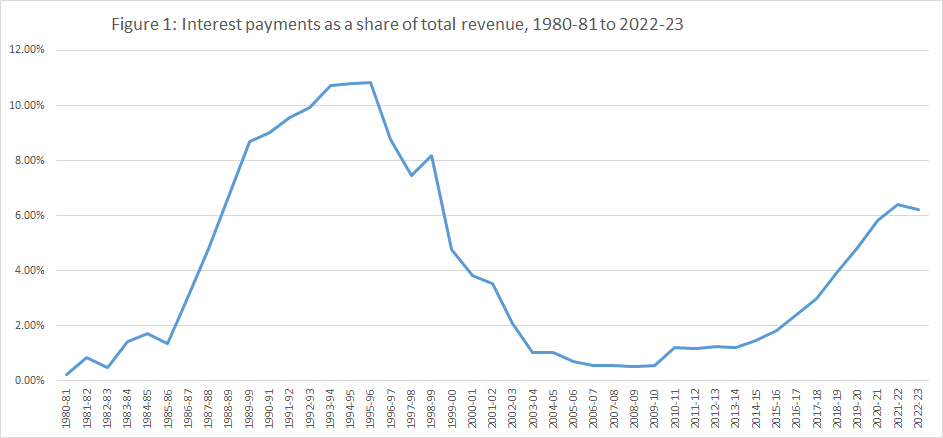Alberta fiscal update projects budget deficits over next three years—with consequences

According to the Kenney government’s mid-year update released on Tuesday, Alberta’s fiscal troubles are far from over. The update projects a $21.3 billion budget deficit in 2020/21, a $15.5 billion deficit in 2021/22 and a $9.9 billion deficit in 2022/23. Put simply, Albertans will continue to face a growing government debt burden and the problems that come along with it.
By the end of the government’s fiscal plan, Alberta will have run 15 years of nearly uninterrupted deficits (excluding 2014/15).
The result—more provincial debt. Unfortunately, the province was already rapidly accumulating debt well before the COVID recession and latest drop in oil prices. In fact, Alberta accumulated $40.1 billion in net government debt (total debt minus financial assets) by 2019/20, before the full effect of COVID. The province is now on track to accumulate $90.1 billion by the end of 2022/23, or approximately $20,100 per Albertan.
Albertans today and in the future will pay for this debt via government debt interest payments. The recent projection forecasts that debt-interest payments will cost Albertans $3.0 billion by 2022/23. Growing debt interest consumes resources now unavailable for priorities such as health care, education and pro-growth tax relief.
Consider what happened with interest payments in the early 1990s when the province racked up approximately $23.8 billion (inflation-adjusted) in net debt (1993/94).

As shown in the chart above, at its peak in the early 1990s, debt interest payments consumed about 11 per cent of all Alberta government revenue. Interest costs became so significant they began to approach the cost of spending on social services as the third largest category of spending. Debt interest payments only decreased once the Klein government introduced significant spending reforms and reductions, which led to balanced budgets and a reduction in net debt.
Worryingly, Alberta is on a similar trajectory today. As recently as 2009/10, interest payments cost the government effectively nothing—but now, they’re projected to consume more than 6 per cent of all government revenue by 2022/23.
It’s also worth noting that during the early 1990s, the rising interest rate environment exacerbated rising interest costs. Even with today’s historically low interest rates, however, a higher debt burden (all else equal) will mean more money diverted to pay interest on debt. If interest rates rise, the cost of servicing debt will increase further, and several recent credit downgrades already reflect a risk in increasing the cost of the provincial debt burden.
Tuesday’s fiscal update has once again shown that Alberta’s fiscal challenges will continue in coming years. Albertans should be aware of the consequences.
Author:
Subscribe to the Fraser Institute
Get the latest news from the Fraser Institute on the latest research studies, news and events.

